Sean Halpin: Senior Director, Global Energy Market Business Development & Sales, Liquid Robotics
From a sunken ship on Penobscot Bay to working with the world’s top oil and gas companies, Sean Halpin has always had a love of the ocean. Learn about his start and his perspectives on the role autonomous systems play for the future of offshore operations.
From a sunken boat to becoming a geoscientist?
I have always loved the ocean. My parents have pictures of me as a kid on a beach in Florida with a wild look in my eyes as I stared at the crashing waves. To this day, the ocean still has an incredible effect on me.
My first overnight boat trip was when I was 18. Our job was to map Penobscot Bay, Maine with an old EG&G 272 sidescan sonar. The weather was awful, the boat stunk, and I ran the towfish into the seabed, but I absolutely loved it! I knew then that I wanted to work on, in, or near the ocean for the rest of my life. I went to sea for about eight years as a hydrographer and a marine geoscientist for a defense contractor and oil and gas companies. During this time, I was exposed to autonomous underwater vehicles (AUVs) as a tool for deep-water mapping. Just prior to joining the Liquid Robotics, I was the Global AUV Manager for DOF Subsea and was responsible for spear heading high tech subsea developments for the company and for building the AUV business.
What are the market conditions driving demand for autonomous systems?
It may sound counterintuitive, but market conditions have caused an increase in demand for autonomous systems and for Wave Gliders, Liquid Robotics’ long duration Unmanned Surface Vehicles (USVs). This is for good reason. In order for the Oil and Gas industry to adopt new technologies there must be a very compelling reason to do so. Unfortunately, the compelling reason was to survive the oil and gas market depression that forced companies to slash operational budgets and cut thousands of jobs. But the work remained for greenfield and brownfield operations and operators are compelled to look for more cost effective solutions. Operators are turning to autonomous systems to replace and/or augment conventional vessels and technologies that are significantly more expensive to operate.
So 2017 could be seen as an inflection point of sorts for autonomous systems in oil and gas?
In a recent presentation I delivered at Underwater Intervention Conference in New Orleans, I called 2017 the ‘inflection year’ for unmanned autonomous systems in oil and gas. I think 2017 represents this inflection point because it is the first time that market demand will meet technological maturity.
From an industry perspective we have never seen more pressure to reduce cost. Supply chains have been compressed past maximum and the industry has shed a significant amount of cost over the last two years. Unfortunately, this time tested tactic (cut cost and people) in boom/bust markets hasn’t provided enough of a compensatory shift in overall service price to satisfy the market. If we look back on what the industry has done in similar circumstances we see that these tough times were actually inflection points for technology. Adoption of innovative technology allows companies to remonetize the cost of services. Remotely operated vehicles (ROVs) are an excellent example of this. Once considered fringe tools, ROVs now dominate the robotics oil and gas subsea landscape.
Discuss how autonomous systems are evolving from ‘novel’ systems to workhorses.
Over the past years marine autonomous technologies have matured to the point where robots have transformed from novel systems to industry workhorses. From ROVs to autonomous underwater vehicles (AUVs) to unmanned surface vehicles (USVs), these systems have been gone through years of sea trials, global missions and have been used across to expand exploration, reduce costs and increase operational safety.
During this time, Wave Gliders have gained invaluable experience traveling over 1.2 million nautical miles at sea. Systems have operated through dynamic and sometimes brutal ocean conditions. For example, they’ve operated through extreme storms (cyclones, hurricanes and typhoons) and in remote, harsh locations such as the Artic and Antarctica. Operating in the Nordic Seas, Wave Gliders have collected real time Meteorological and oceanographic (METOC) data providing situational awareness of real time weather and current conditions around offshore oil rigs. In addition to METOC missions, Wave Gliders are being used by the oil and gas industry for environmental monitoring, maritime security and seismic surveys. This experience allows us to continually enhance the platform to make it more robust, reliable and to increase operational safety. Moving forward we see marine autonomous systems having a substantive impact on the oil and gas in three major ways:
- Increasing the efficiency of vessels by incorporating autonomous systems in offshore operations
- Increased insights and in-depth analysis based on dramatically higher data density rates
- Reduced risks to humans and high value assets especially during severe or harsh weather conditions
Today, this transformation is evident in the work companies are doing harvesting subsea data and reporting back in frequencies previously not feasible without autonomous systems. By sitting at the surface of the ocean at the air/sea interface, acting as a data collection and communications hub, Wave Gliders provide companies near real time access to high resolution, high-density data over time periods and coverage areas cost prohibitive with traditional vessels. This, in turn, enables better modeling and science ultimately resulting in a safer and more efficient oilfield.
An example of this subsea to surface communications is work being done by Scripps Institution of Oceanography to monitor seismic activity in the deep ocean. Wave Gliders are replacing ships to collect critical seismic data from seabed sensors to provide real time seismic alerts for advance warning of tsunamis. Scripps is taking it one step further to utilize the towing capability of the Wave Glider to place long duration seabed seismic nodes in the deep ocean instead of utilizing large ships for deployment. This greatly reduces the costs and risks are greatly reduced while enabling a new ability to autonomously place and monitor deep ocean seabed sensors.
What are some of the critical design tenants for autonomous systems?
In my opinion, an unmanned autonomous system must be reliable, have an excellent duration power index and must be able to be configured for diverse systems to work well together.
- Reliability: Reliability is king. A few years back I was giving a talk at an AUV users conference. My presentation was about how technology has advanced to a level where users conferences no longer talk predominantly about platform issues and focus more on operational payloads. This is an excellent indicator of reliability levels reaching operational requirements.
- Long Duration/Energy: Few autonomous platforms are capable of long duration at sea. By long duration, I am referring to many months not weeks. In order to achieve long duration operations, systems must harvest renewable energies, have robust reliability and optimize sensor payloads. It’s important to consider not only how long a platform can stay at sea, but also how much power it can provide at the same time.
- Power Index: To achieve long duration operations we must utilize a low power budget (with today’s solar generation technology, microchip technology and energy density paradigms) for onboard sensor payloads, computing and communications.
- •Interoperability/Connectivity: This is critical to a forward-looking marine robotics vision. In order to advance offshore operations and ocean exploration in general, I believe greater interoperability and connectivity between manned and unmanned systems is fundamental.
Our vision for this is the Digital Ocean. Onshore our lives are digital – mobile phones provide a constant connection to information highways and many people simply can’t live without this. We believe the same type of digital revolution will occur at sea where manned and unmanned systems are connected in a “system of systems” providing instant access to ocean information. This will allow us to communicate and exchange data in real time from the seafloor to the surface to onshore operations. This will dramatically improve our knowledge of the ocean and of offshore operations, ecosystems and environmental conditions.
From your perspective, discuss the future for offshore ops.
In the future, offshore operations will see more people moving onshore, fewer vessels, replaced by ocean robots offshore. Looking ahead, there’s optimism as the market recovers and the innovation that companies have invested in during the depressed market will pay dividends. I believe that within 10 years autonomous systems of all kinds will be commonplace and dominant in offshore operations. These systems will conduct the high risk, repetitive missions making offshore operations safer, more cost effective and in turn more profitable for the oil and gas industry.
Many of the topics I covered can be considered critical applications. The oil and gas industry has a very low fault tolerance for critical applications. Therefore a big challenge is to ensure that we as a community demonstrate that our autonomous systems contribute positively to solving problems. As an industry, we need operators to play an active role in communicating the true needs of the oilfield so that we can design the best robots and payloads to solve some of the big issues facing the oil and gas industry today.





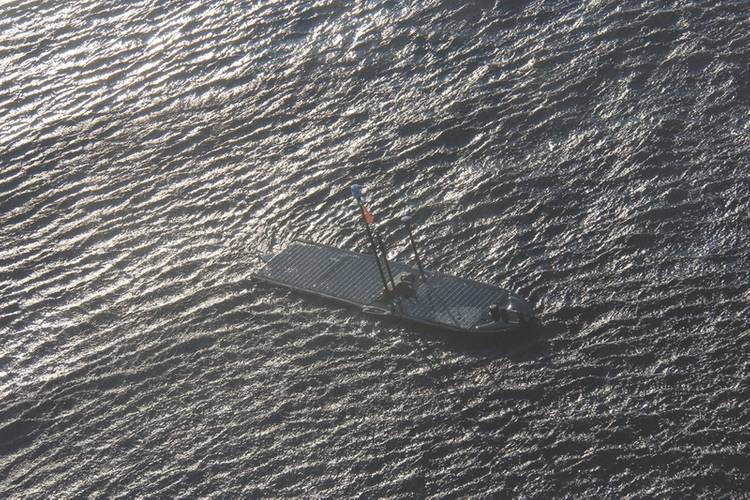
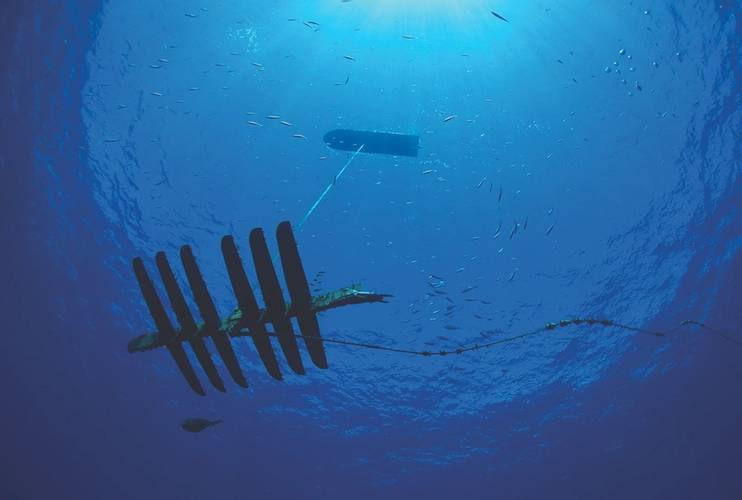

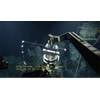
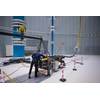
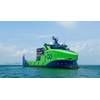
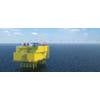







 December 2025
December 2025



